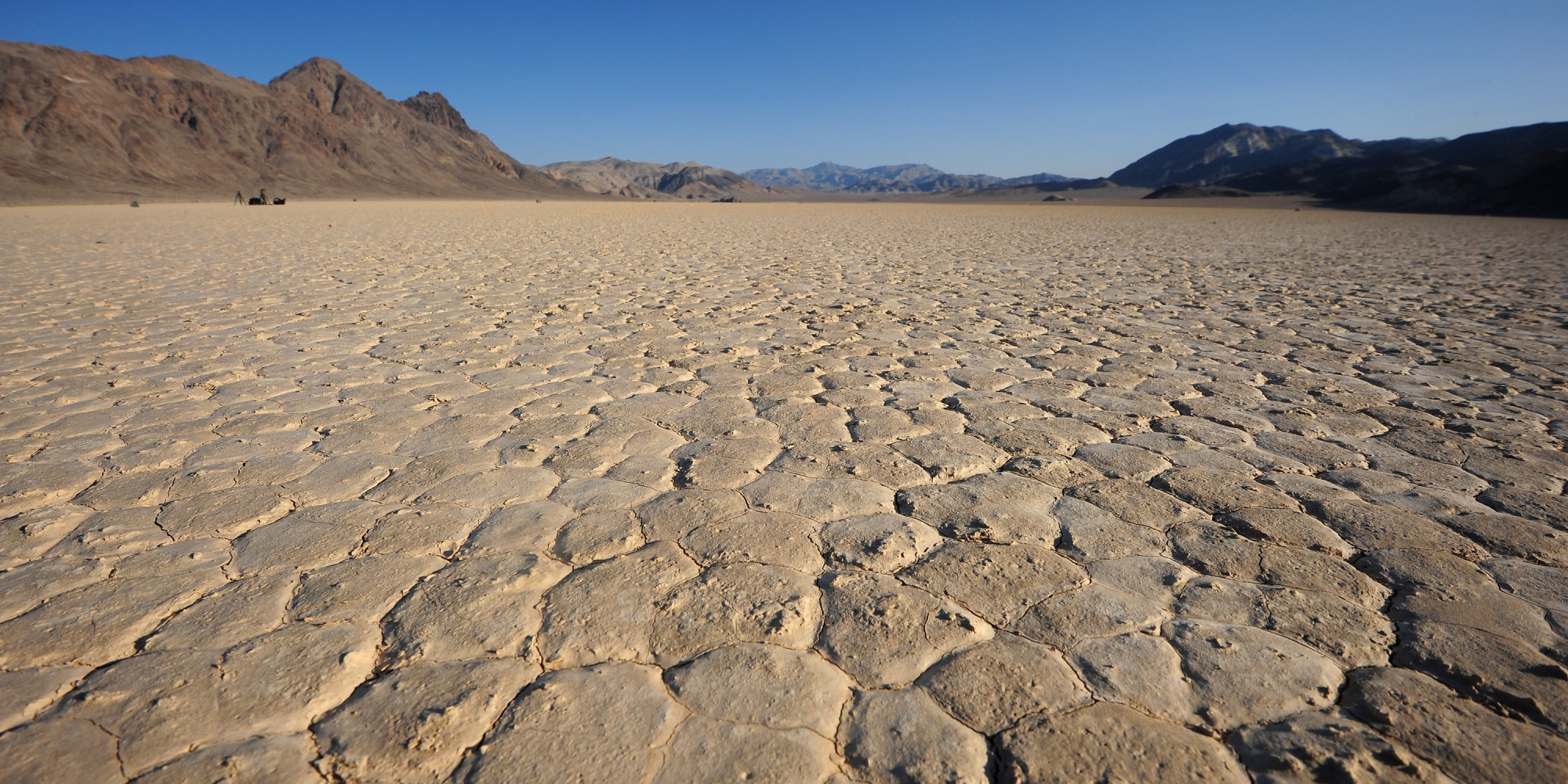Latest statistics by the National Drought Warning and Monitoring Center show that this year's autumn (Sept. 23-Dec. 21) was the driest over the past 67 years, with precipitation levels declining by 53% compared to the long-term average, a warning that drought conditions will worsen.
Data from Iran Water Resources Management Company (a subsidiary of the Energy Ministry) show that the level of rainfall in the autumn of 2015 was around 88.7 millimeters that decreased to 39.5 mm in the following year and dropped further to 29.3 mm this year.
In precipitation studies, Iran is divided into six main watersheds: Caspian, Persian Gulf and Oman Sea, Urmia Lake, Central Plateau, Eastern Border and Qarequm (in the northeast).
Except for Qarequm that has received 1.2 mm more rainfall this autumn than in the same period of last year, other watersheds have experienced declines of between 9 and 20 mm.
The level of rainfall in the entire country registered a 26% decline compared with the previous autumn and 53% compared with the 49-year average.
Surprisingly, the Caspian watershed experienced the biggest decrease with precipitation levels dropping by 20 mm from 134.8 mm in the previous fall to 114.8 mm.
The Urmia watershed was the next area to be hit by lack of rainfall. Precipitation decreased by 19.7 mm compared with last autumn.
A review of maps showing Iranian areas affected by drought over the seven years leading to Dec. 21, 2017, indicates that about 40% of the country's area are suffering serious drought while 38% are experiencing average drought conditions based on the Standardized Precipitation-Evapotranspiration Index. Some 10% are also affected by very serious drought.
The present trend has continued for over 30 years and the constant decline in precipitation is a warning sign that drought will continue and even get worse.
Some experts have attributed the water crisis to climate change, while others believe it is caused by the accumulation of carbon dioxide in the air.
Located in a semi-arid region, Iran has been struggling with water shortage for years.
Over thousands of years, Iranians had learned to adapt themselves to the shortage and used innovative techniques to manage the resources. The ancient structures such as qanats and rainwater collection ponds indicate that the issue has existed in the country for ages.
The expansion of industries and growth in population, however, have exceeded the development of water management technologies, leading to desiccation of wetlands and rivers. Experts have long warned that there is no hope of climatic amelioration and the only way out is to properly manage the available resources by drawing both on modern sciences and indigenous methods, in addition to optimizing water consumption.



